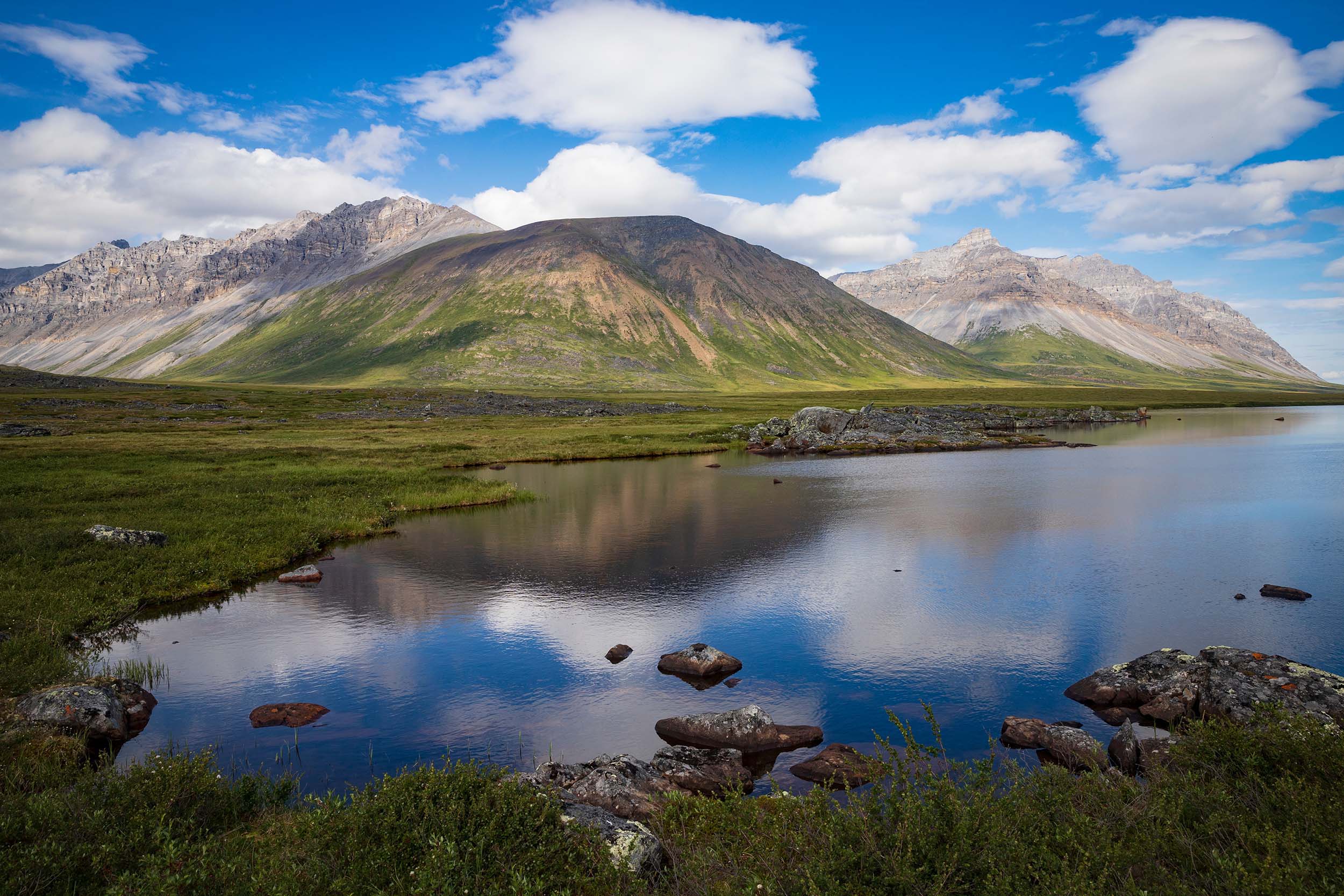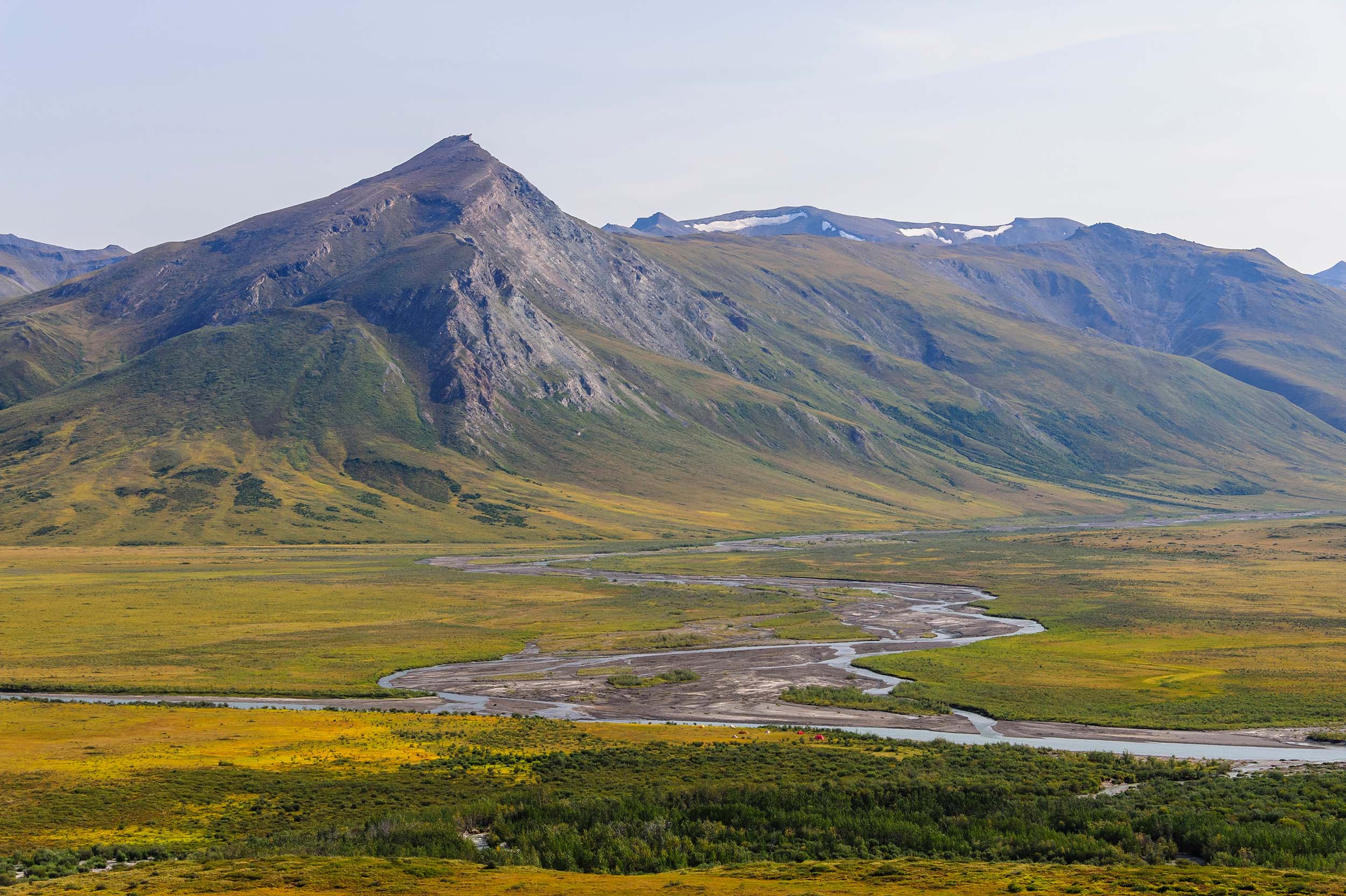Park Information Quick Facts
Location: Alaska
Park Size: 8,472,506 Acres
Time Needed: 3-7 days
Best Season: June and August
Must Do: Hiking
Pro Tips: Exploring the wild landscapes on a backcountry hike or float trip along one of its pristine rivers.
Visitor Centers
Gates of the Arctic National Park has no physical visitor centers within its vast boundaries, emphasizing its status as a true wilderness destination. However, visitors can begin their journey at the Arctic Interagency Visitor Center in Coldfoot, Alaska, located along the Dalton Highway, or the Morris Thompson Cultural and Visitors Center in Fairbanks. The Arctic Interagency Visitor Center is a collaborative hub managed by multiple federal agencies and provides essential information for exploring the park, including safety tips, maps, and educational exhibits about the park’s unique ecosystems and cultural history. Visitors can also enjoy interpretive programs and connect with rangers for expert advice on navigating the remote wilderness. The center serves as a crucial resource for preparation, ensuring that visitors understand the challenges and rewards of entering such an untouched environment.
Plan Your Gates of the Arctic Adventure Today!
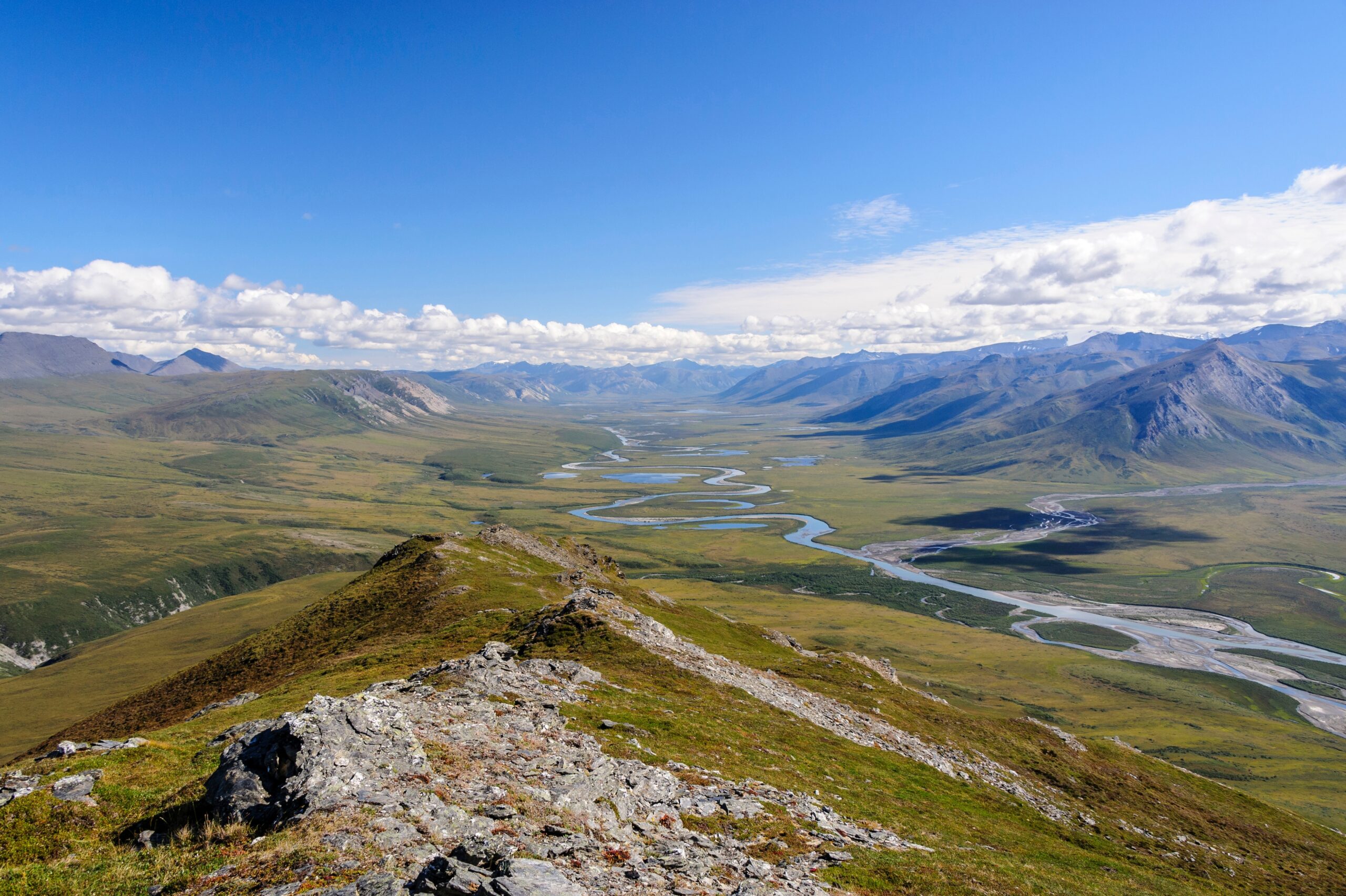
Getting There
How to Travel to Gates of the Arctic National Park
Traveling to Gates of the Arctic National Park requires thoughtful planning due to its remote location above the Arctic Circle and lack of road access. Most visitors start their journey in Fairbanks, Alaska, which serves as a gateway to the Arctic. From Fairbanks, travelers can either drive along the Dalton Highway to Coldfoot or Bettles or fly to these towns using small regional airlines. Coldfoot, located about 250 miles north of Fairbanks, is accessible by road and offers limited services, including accommodations and the Arctic Interagency Visitor Center. Bettles, a smaller and more isolated village, can only be reached by air and is a popular starting point for accessing the park. Both towns provide opportunities to arrange charter flights or guided tours into the park’s vast wilderness.
Charter flights are the primary method of reaching the park itself, as its boundaries encompass a roadless expanse of over 8 million acres. Small planes, equipped for landing on gravel bars or airstrips in remote villages like Anaktuvuk Pass, provide direct access to the park’s interior. Anaktuvuk Pass, a Nunamiut village situated within the park, offers a glimpse into the region’s cultural heritage and serves as a starting point for exploring nearby areas. Flights into the park are weather-dependent and can be affected by unpredictable Arctic conditions, so travelers should build flexibility into their schedules. It’s essential to confirm logistics with air charter companies well in advance, as availability can be limited during the short summer season.
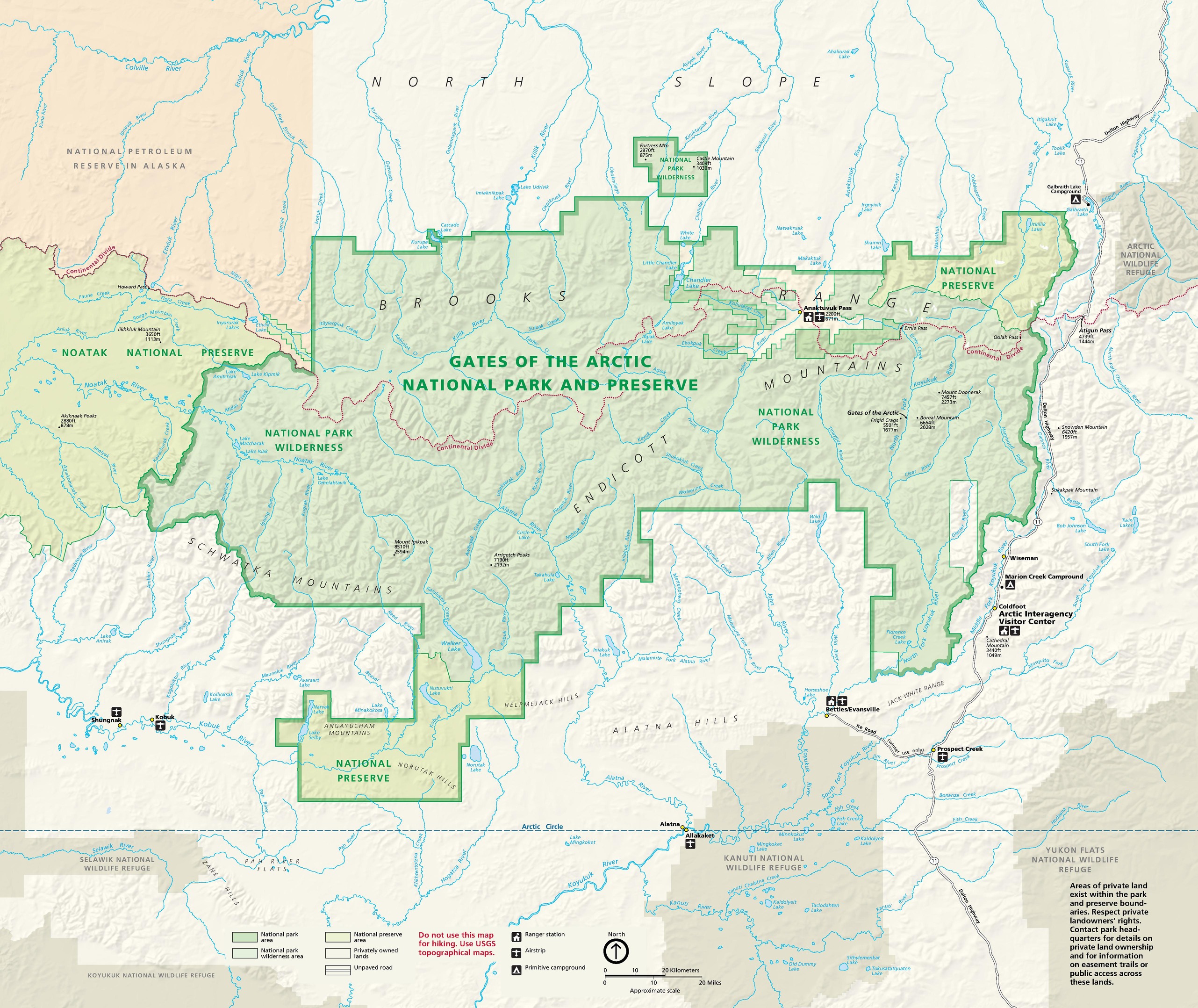
Camping
Riverside Camping
- Many visitors camp along riverbanks, such as the Kobuk, Noatak, Alatna, or John rivers.
- These areas provide natural flat spots for tents and easy access to water for cooking and cleaning.
- Be cautious of rising water levels and avoid pitching tents too close to the river’s edge.
Alpine Camping in the Brooks Range
- High-elevation areas in the Brooks Range offer spectacular views of rugged peaks and valleys.
- These spots are often more exposed to wind and weather but are ideal for those seeking solitude and dramatic landscapes.
Anaktuvuk Pass Area
- Near the Nunamiut village of Anaktuvuk Pass, campers can explore the surrounding tundra.
- This area is culturally significant and a starting point for many backcountry adventures.
Tundra Camping
- The open tundra provides a unique camping experience with sweeping vistas and opportunities to see wildlife.
- Be mindful of soft ground and avoid damaging delicate vegetation by selecting durable surfaces for pitching tents.
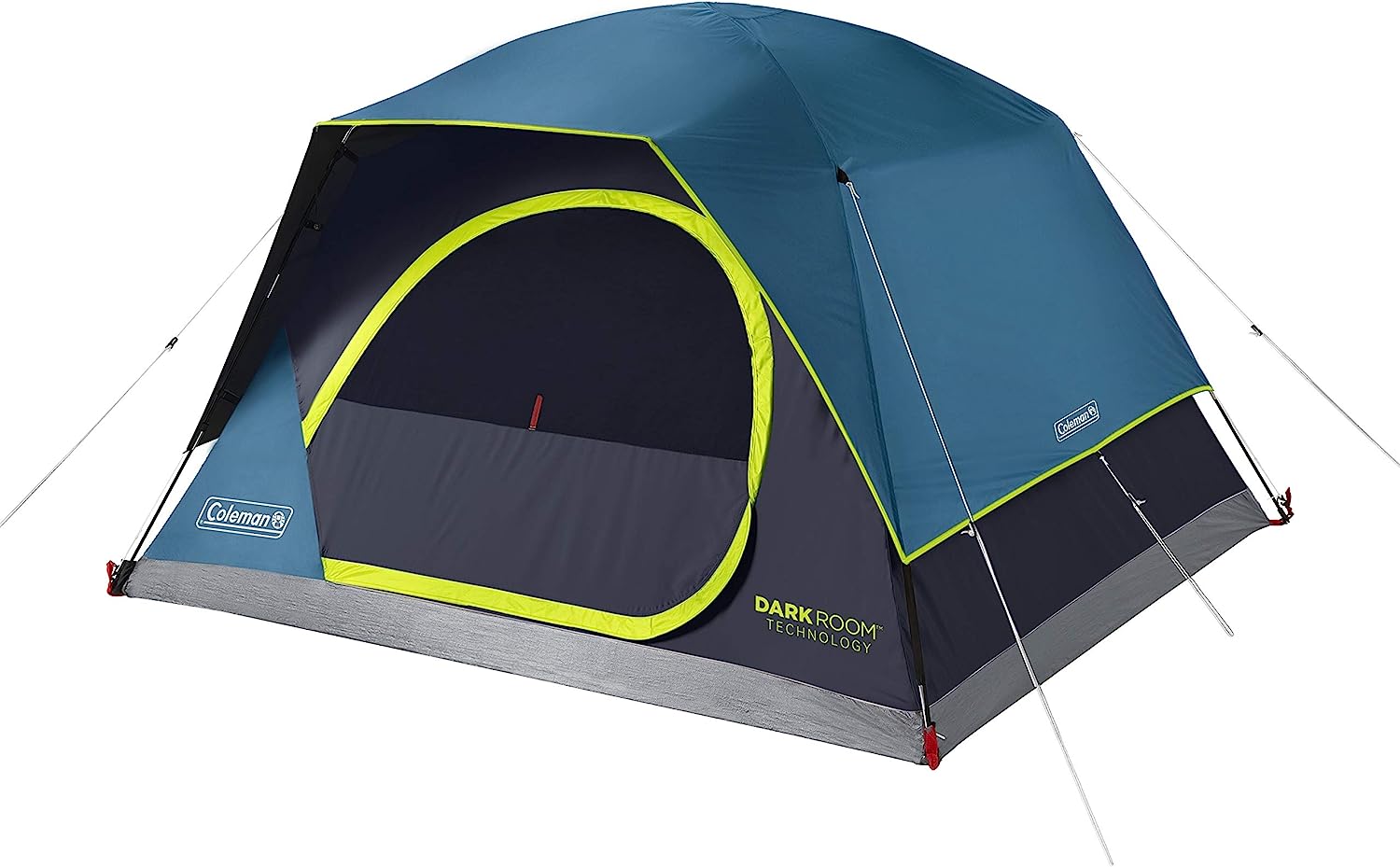
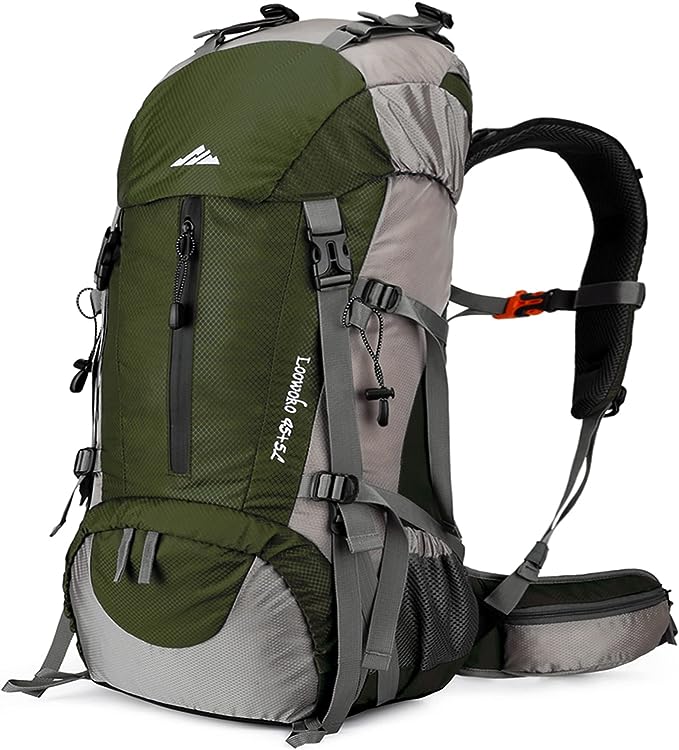
- Bear Safety: Use bear-proof containers and camp at least 200 feet from where you cook or store food.
- Water: Purify all water from rivers and streams before use.
- Weather: Be prepared for extreme and sudden changes in temperature, including frost, even in summer.
- Navigation: GPS and topographic maps are essential, as there are no trails.
Popular Hiking Trails
The Noatak River Corridor
- Route Type: River-based hiking and trekking
- This route follows the Noatak River, one of the major rivers in the park. Hikers often float portions of the river and then camp along the riverbanks, exploring the surrounding terrain. The Noatak offers a chance to hike through tundra, valleys, and forests, with the Brooks Range towering in the distance.
- Highlights: Wild landscapes, opportunities to see caribou and wolves, and sweeping views of the tundra.
Anaktuvuk Pass to the Brooks Range
- Route Type: Trekking in alpine terrain
- Starting at the Anaktuvuk Pass, this route leads hikers into the Brooks Range, where steep, rocky terrain offers challenges for experienced hikers. The journey provides incredible vistas of towering peaks and glacier-carved valleys, as well as the opportunity to see local wildlife such as caribou and grizzly bears.
- Highlights: Dramatic mountain scenery, wilderness solitude, and access to some of the park’s most rugged and untouched areas.
The Gates of the Arctic Wilderness Loop (Self-Guided)
- Route Type: Wilderness loop exploration
- Although no formal trail exists, some adventurers create self-guided loops starting from Bettles or Coldfoot, exploring portions of the park and then returning to their starting point. These routes often involve a combination of river travel and cross-country hiking through remote terrain.
- Highlights: Full immersion in the wild, remote and rugged terrain, with the possibility of discovering new paths and exploring unknown areas.
Alatna River Route
- Route Type: River corridor and backcountry hiking
- Hiking along the Alatna River provides access to remote sections of the park, where trekkers can explore the rugged valleys and mountains of the Brooks Range. The river is a focal point for travelers, and hiking here often involves a combination of following the river and crossing the tundra.
- Highlights: Stunning alpine views, potential wildlife sightings, and a sense of remoteness.
Kobuk River to the Arctic Tundra
- Route Type: Hiking and river corridor exploration
- The Kobuk River is another major route for hiking and exploration, offering access to the Arctic tundra. This area is characterized by wide, open spaces, and hikers can follow the river as it winds through the landscape, with numerous opportunities for wildlife viewing.
- Highlights: Arctic tundra ecosystems, vast open landscapes, and potential sightings of migratory birds and animals.
Hiking Trails in The Gates of the Arctic National Park
Hiking at Gates of the Arctic National Park is an extraordinary experience, offering adventurers a chance to explore one of the last truly untamed wildernesses in the United States. With no maintained trails or marked paths, hiking here requires advanced skills in navigation, planning, and self-sufficiency. The park’s rugged terrain ranges from expansive tundra to steep mountain ridges, with hikers typically relying on topographic maps, GPS, and other tools to traverse the wild landscape. Due to the remote nature of the park, it’s crucial to be prepared for a range of conditions, from sunny, warm days to sudden storms, cold temperatures, and even snow, particularly in the high altitudes of the Brooks Range.
One of the primary attractions for hikers in Gates of the Arctic is its unparalleled solitude. There are no crowds, and visitors can experience an intimate connection with the wilderness, whether it’s hiking along the Noatak River corridor, traversing the remote alpine terrain of the Brooks Range, or crossing the tundra near the Kobuk River. The lack of human-made infrastructure means hikers can choose their own routes, exploring untouched valleys, dramatic mountain vistas, and pristine river systems. The scenery is breathtaking, with towering peaks, glacier-carved valleys, and sprawling tundra as far as the eye can see. Wildlife, such as caribou, bears, wolves, and various bird species, often appear on the horizon, adding to the sense of adventure and discovery.
Wildlife at the Park
The wildlife at Gates of the Arctic National Park is as diverse as its landscapes, offering visitors the chance to see a wide range of species adapted to the harsh Arctic environment. One of the most iconic animals in the park is the caribou, which migrates through the region in large herds, particularly during the summer months. The Western Arctic Caribou Herd is one of the largest in North America, and witnessing their migration across the tundra is a breathtaking sight. These herds are often accompanied by other grazing animals, such as moose, which thrive in the park’s expansive tundra and forested areas. The Dall sheep and mountain goats are also common in the high-altitude regions of the Brooks Range, where their sure-footedness helps them navigate the steep, rocky cliffs.
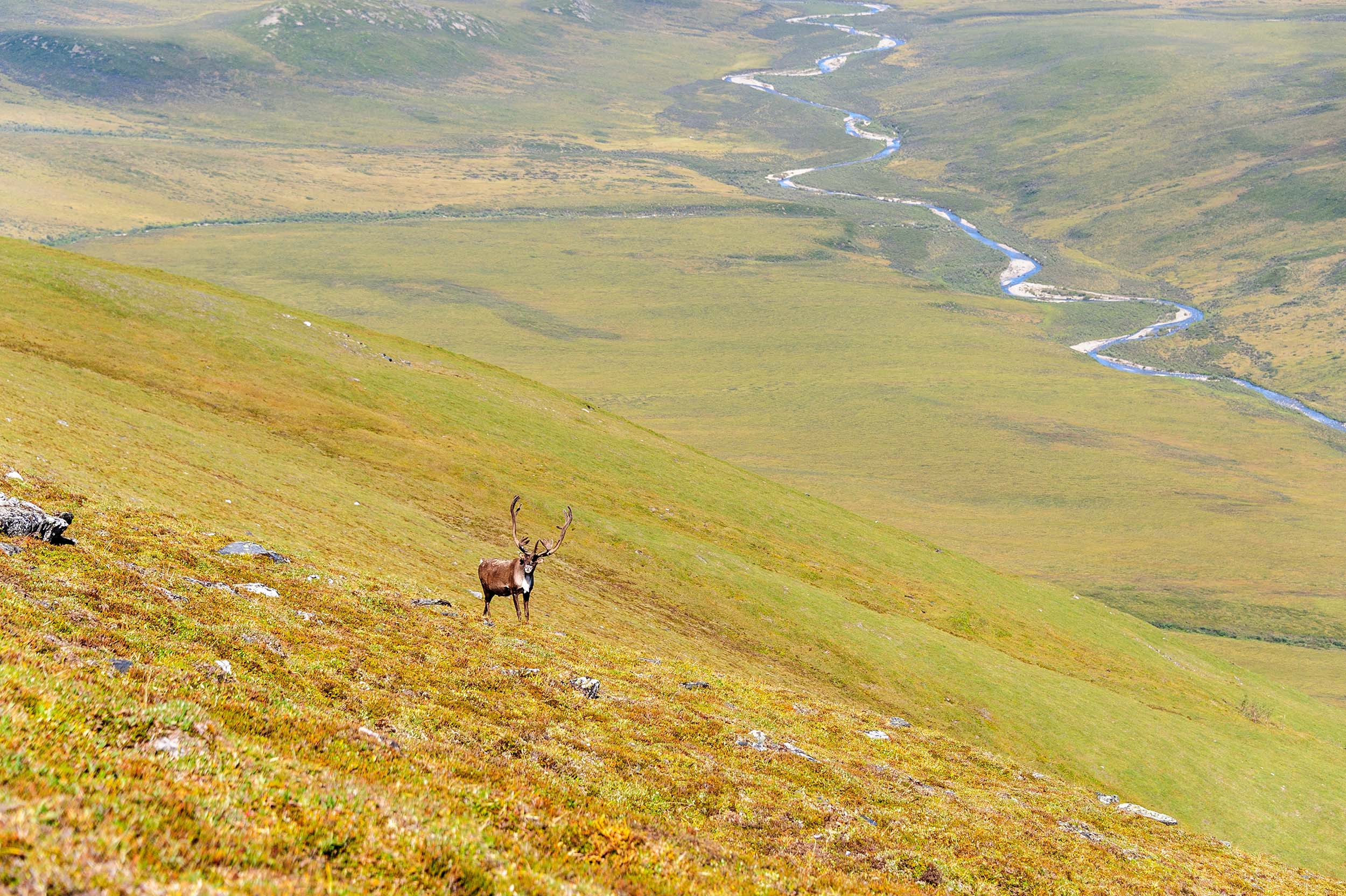
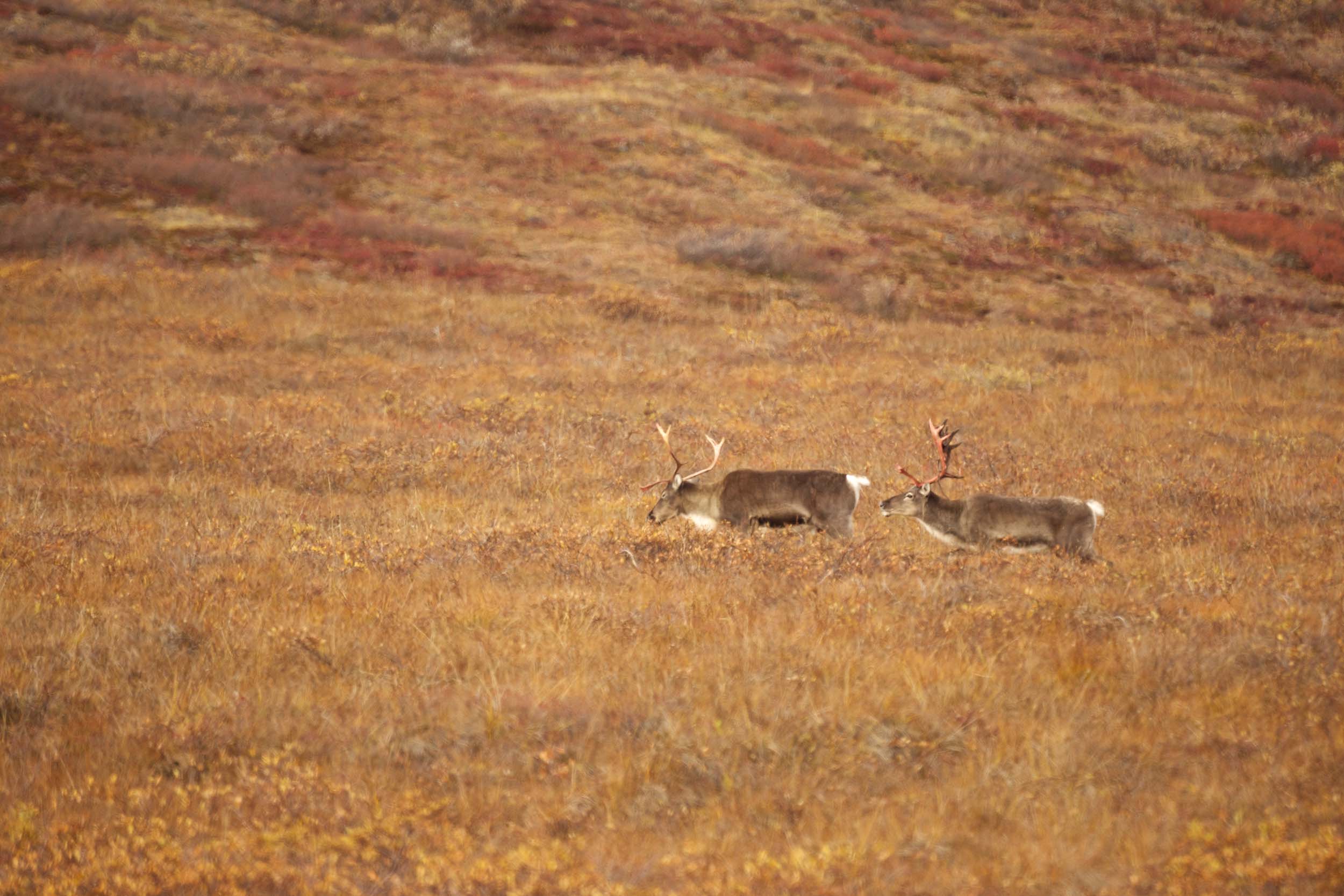
Carnivores are an integral part of the park’s ecosystem, and grizzly bears are the most well-known among them. These powerful creatures roam across the park in search of food, particularly fish and berries, and hikers are likely to encounter their tracks or, with caution, the bears themselves. Wolves also inhabit the park, often seen hunting in packs or silently patrolling the vast wilderness. While much more elusive, lynx and wolverines are also present, showcasing the region’s ability to support predators in its rugged and remote environment. Visitors should be vigilant and practice proper safety measures, especially when camping or hiking in bear country.
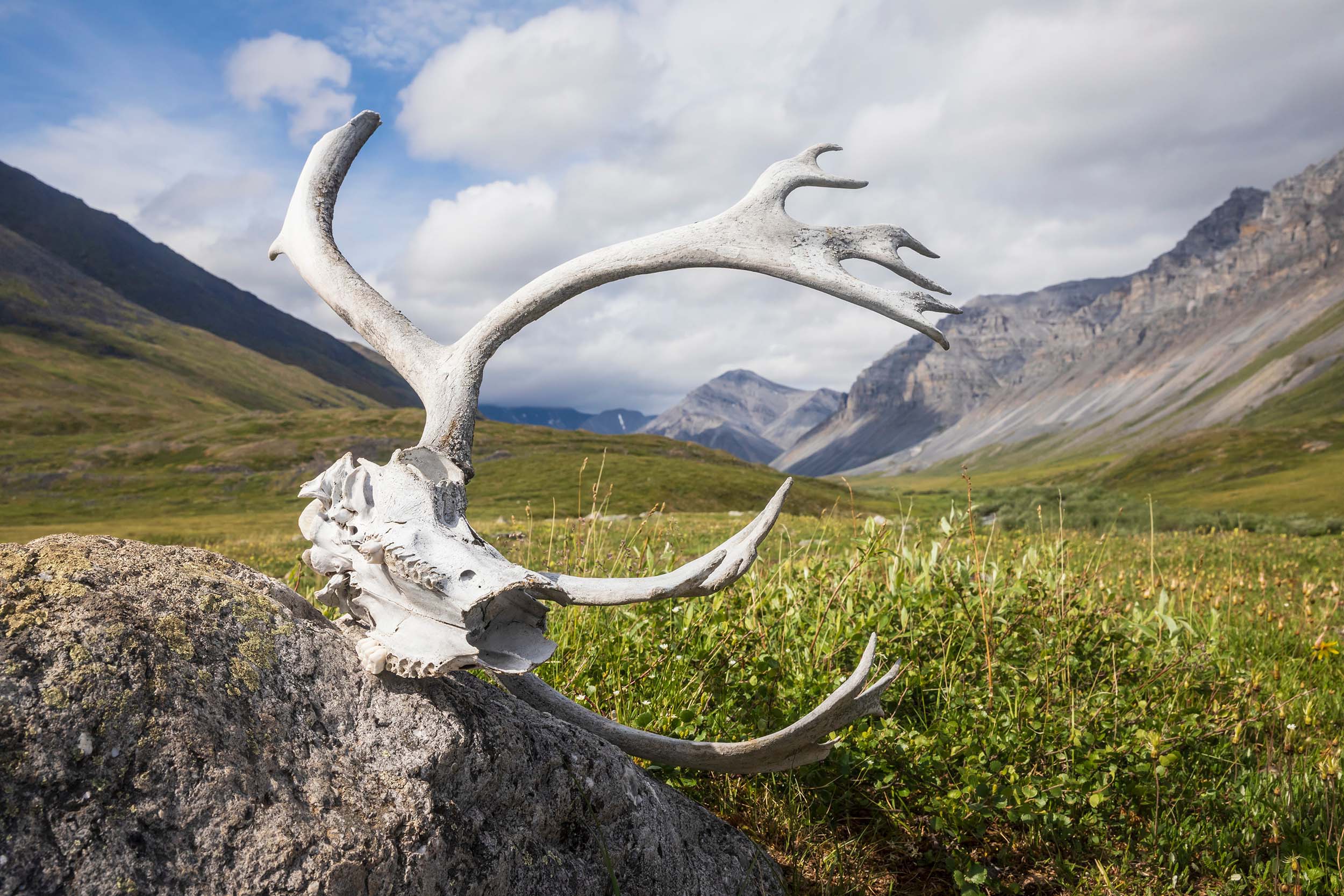
Gear We Used

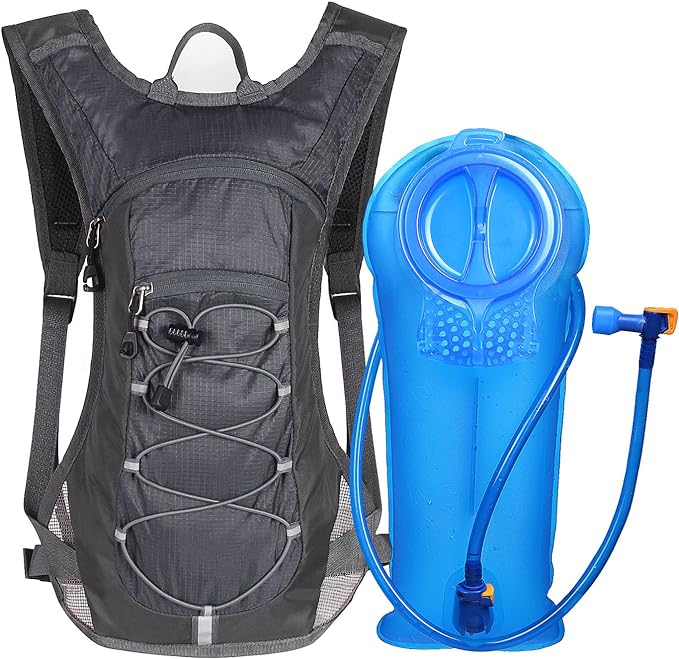
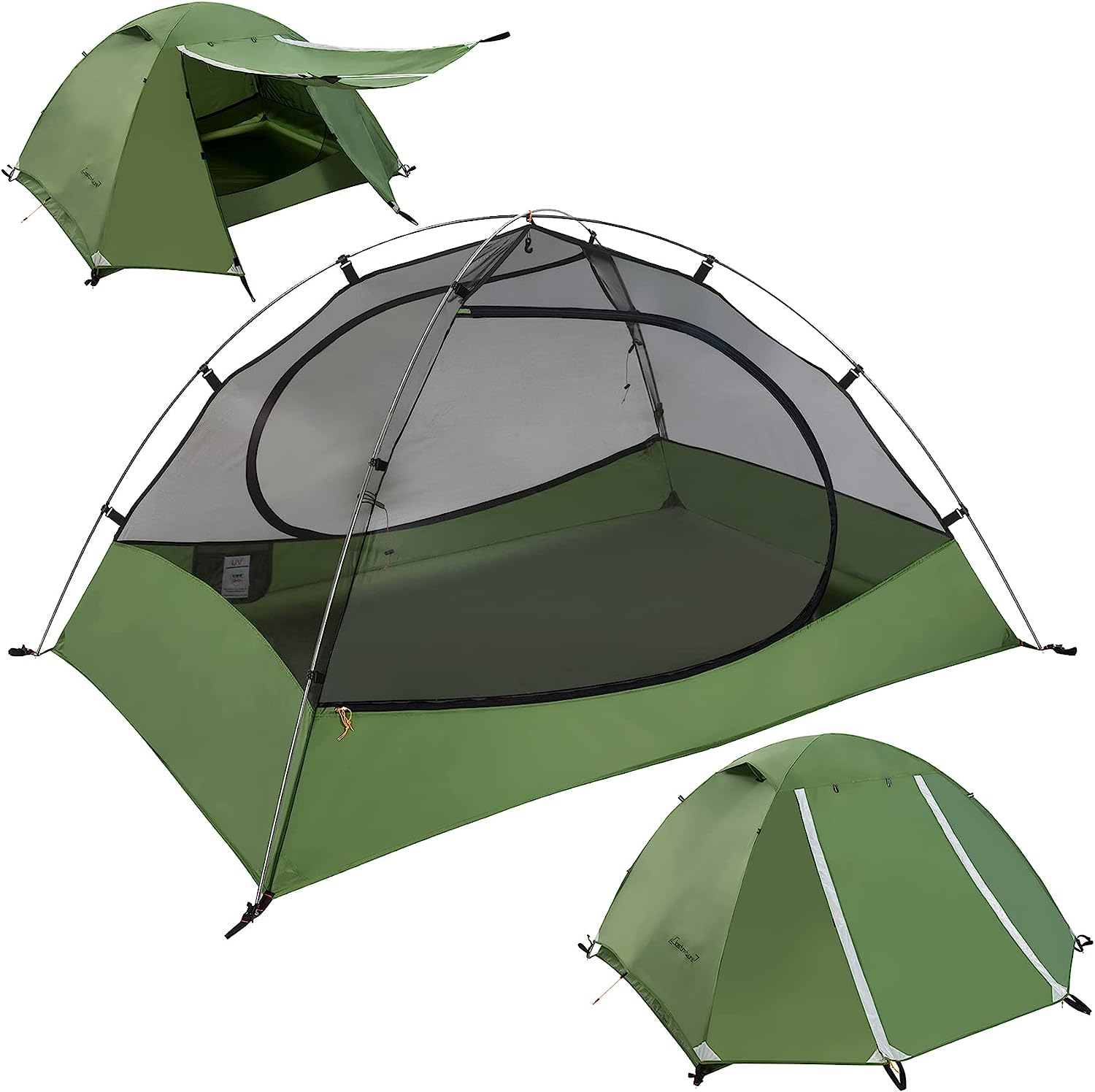
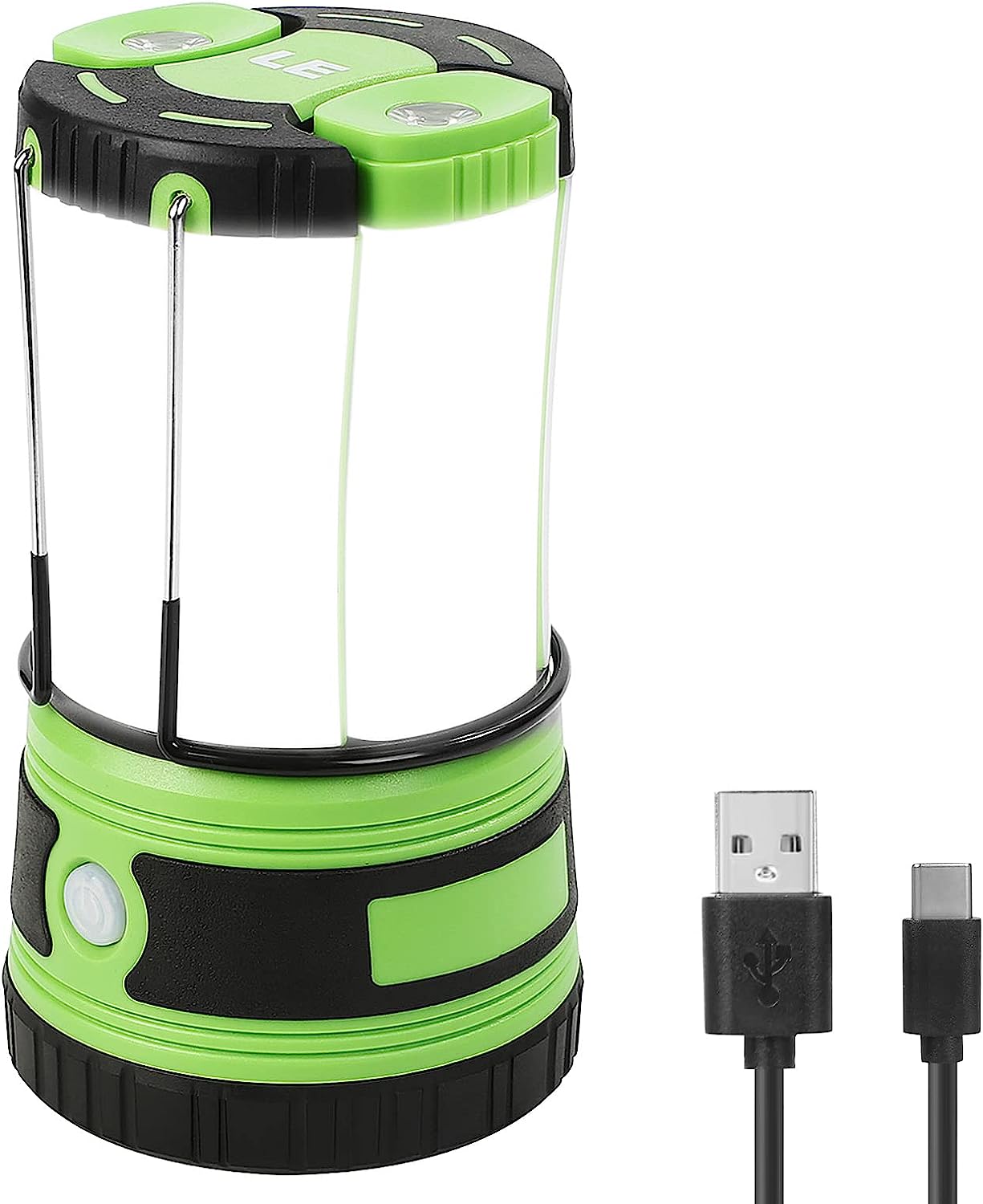
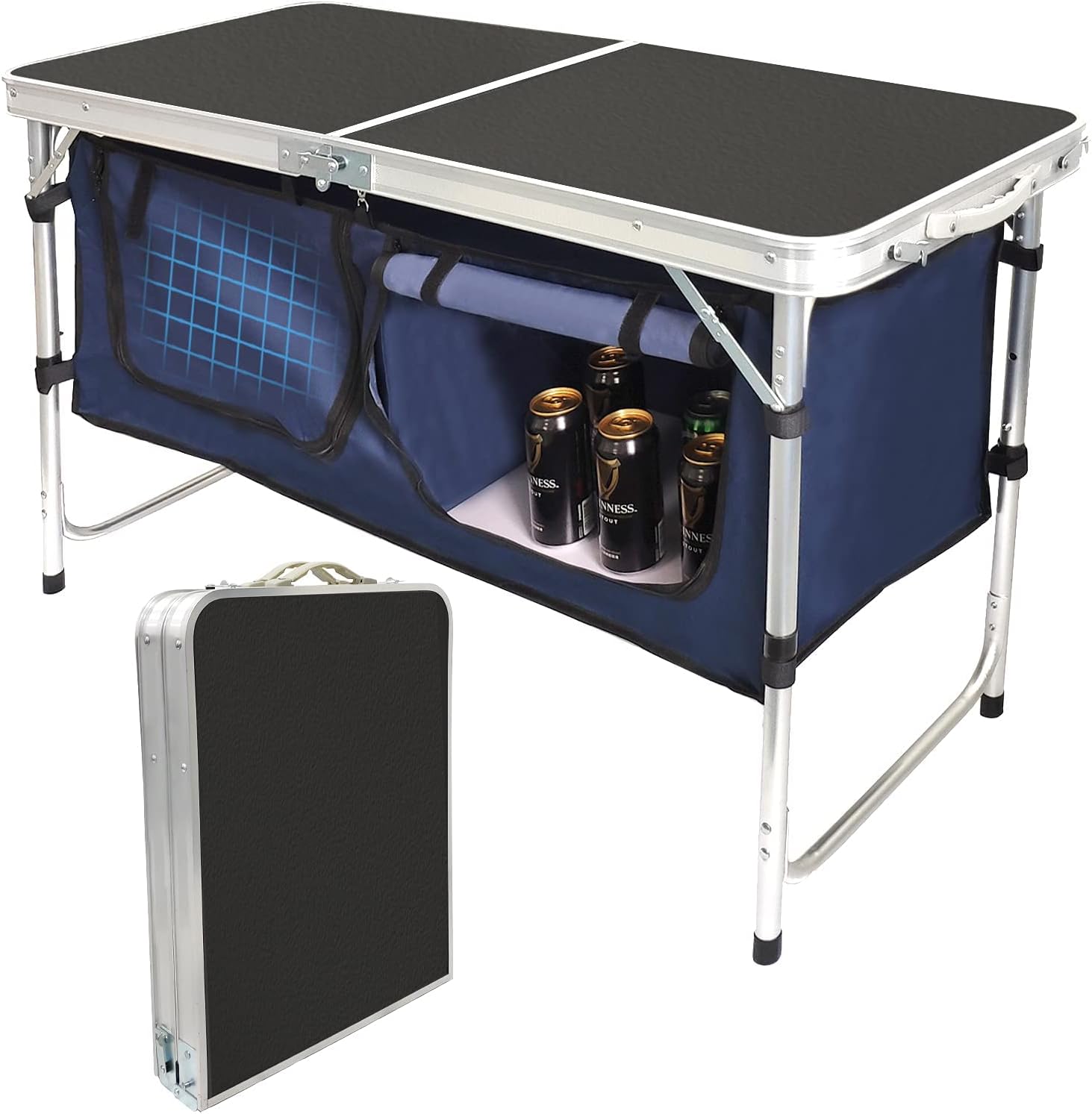
Must-Do Activities
Float or Rafting on the Rivers
Wildlife Watching and Photography
Backcountry Hiking and Wilderness Exploration
A must-do activity when visiting Gates of the Arctic National Park is embarking on a backcountry hiking adventure. With no established trails, visitors can immerse themselves in the park’s wild terrain by trekking through rugged valleys, crossing pristine rivers, and climbing the towering peaks of the Brooks Range. Whether you choose to explore the Noatak or Alatna river corridors or traverse the tundra, hiking through the park provides an unmatched opportunity to experience its untouched beauty and wildlife. This activity offers both solitude and adventure, allowing visitors to feel truly connected to one of the most remote wilderness areas in the U.S.
The Gates of the Arctic National Park History
The history of Gates of the Arctic National Park is deeply intertwined with the indigenous peoples who have lived in the region for thousands of years. The park lies within the traditional lands of the Nunamiut Inupiat people, who have relied on the land for sustenance, hunting, and cultural practices. These communities, particularly those near the Anaktuvuk Pass, have a profound connection to the park’s wilderness. They traditionally hunted caribou, fished in its rivers, and gathered food from the tundra, passing down knowledge of the land through generations. Their ancestral practices continue to play an important role in the region today, with many still living and thriving in nearby communities. The rich cultural history of the indigenous people provides a foundational understanding of the park’s significance.
The establishment of Gates of the Arctic National Park as a protected area was influenced by both conservation efforts and the need to preserve the land’s natural beauty. In 1980, the park was designated as part of the Alaska National Interest Lands Conservation Act (ANILCA), which aimed to protect over 100 million acres of land in Alaska. Gates of the Arctic was created not only to safeguard its incredible natural features but also to ensure that the wildlife, ecosystems, and cultural heritage of the area remained untouched by industrial development. The park’s remote location and lack of infrastructure have helped preserve its pristine wilderness, offering a rare glimpse into a world largely unchanged by human activity.






